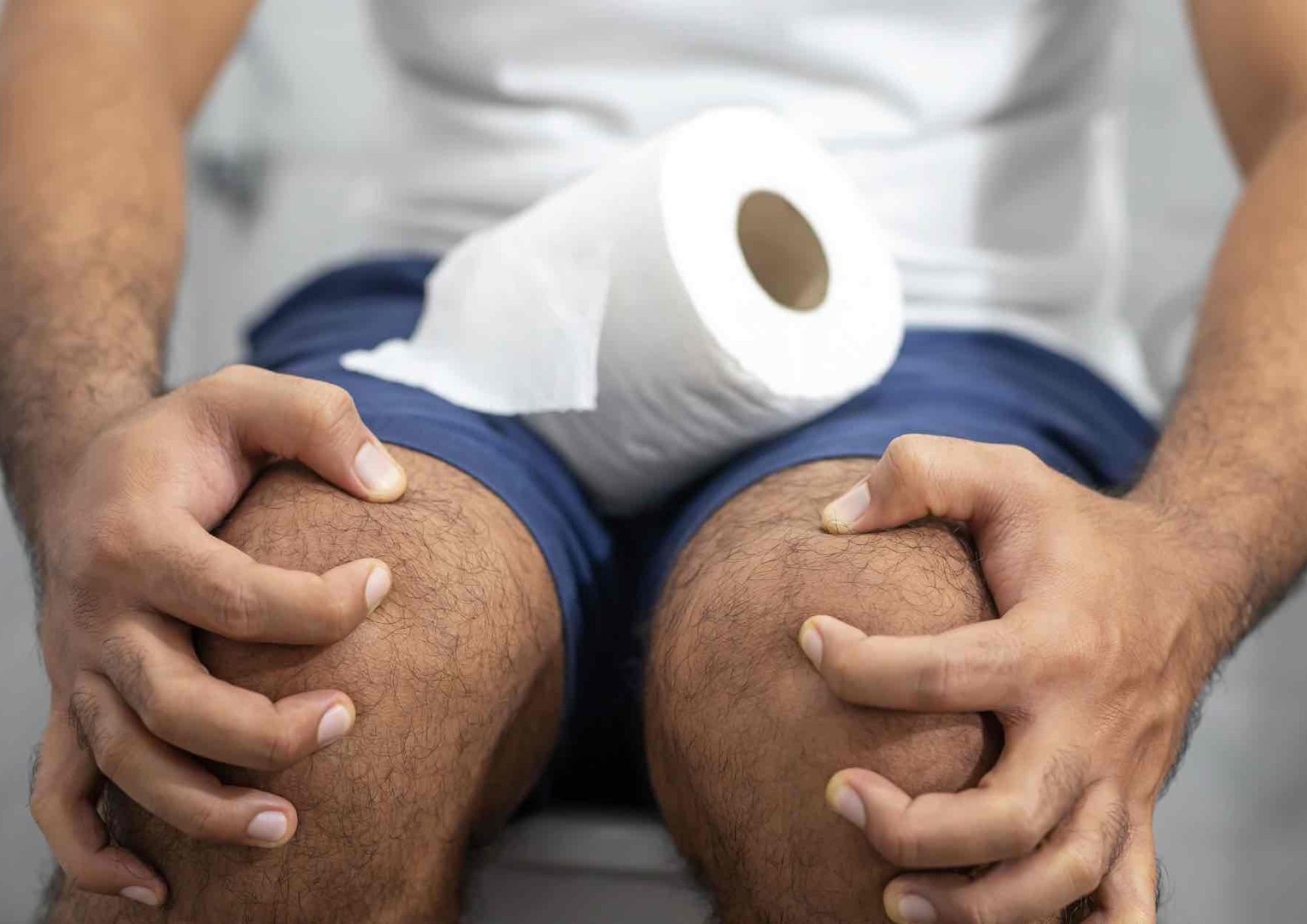What sitting down all day is actually doing to your body!

As new research shows prolonged periods of sitting increases the risk of dementia (among a plethora of other health issues), Pall Mall's Medical Director, Dr Tang share everything you need to know about counteracting it
Why is sitting down all day harmful for our health? What does it do to our body?
Sitting down for extended periods of time can have several harmful effects on our health and overall well-being. It can cause muscle weakness and imbalances, poor posture, reduced blood circulation, weight gain (sometimes leading to obesity) and other health problems.
What are some of the main health problems that can be caused by being sedentary?
Muscle Weakness and Imbalances - Sitting for long periods can lead to weakened muscles, particularly in the legs and core. When you sit, these muscles aren't engaged or used much, which can result in muscle imbalances and make you more prone to injuries.
Poor Posture - Sitting for extended periods can encourage poor posture, such as slouching or hunching over a desk or computer. This can lead to chronic neck, shoulder, and back pain and may even contribute to the development of conditions like kyphosis (rounded upper back) or lordosis (excessive inward curvature of the lower back).
Reduced Blood Circulation - Prolonged sitting can impair blood circulation, especially in the legs and feet. This can lead to swollen ankles, deep vein thrombosis (DVT), and potentially increase the risk of blood clots.
Weight Gain and Obesity - A sedentary lifestyle can contribute to weight gain and obesity. When you sit for long periods, you burn fewer calories than when you are physically active. Additionally, sitting for extended periods can disrupt metabolic processes, making it easier to gain weight.
Increased Risk of Chronic Diseases - There is a strong link between sedentary behaviour and various chronic diseases, including heart disease, type 2 diabetes, and certain types of cancer. Sitting for extended periods can affect insulin sensitivity, blood pressure, and cholesterol levels, all of which are risk factors for these conditions.
Mental Health - Prolonged sitting has been associated with poor mental health outcomes, including increased stress, anxiety, and depression. Lack of physical activity can also impact the production of mood-enhancing neurotransmitters like endorphins.
Digestive Issues - Sitting for extended periods may contribute to digestive problems, including slower digestion and constipation. Physical activity helps stimulate the muscles in the digestive tract, aiding in the movement of food through the system.
Reduced Bone Density - Weight-bearing physical activity is essential for maintaining bone density. A sedentary lifestyle can lead to a decrease in bone density, which can increase the risk of osteoporosis and fractures.
Reduced Longevity - Several studies have shown that prolonged sitting is associated with a higher risk of premature death. Even if you engage in regular exercise, it may not fully offset the negative effects of sitting for long periods.
It's essential to find a balance between sitting and physical activity to maintain a healthier lifestyle.
Even if you meet your 30 minutes recommended daily exercise, if you are sedentary for the remaining 23 and a half hours then you are still at a higher risk of developing the problems mentioned above.
The simple act of standing rather than sitting requires more muscle engagement, thus burning more calories. Standing also allows the blood to flow more freely through your body, especially in the legs and feet.
In short, I’d recommend that everyone be doing ‘light activity’ (walking, standing etc.) for at least 90 minutes within the 24-hour period, in addition to the 30 minutes of recommended physical exercise, in order to reduce the risk of things like obesity, poor blood circulation, bad posture and reduced bone density.
A lot of us sit down at our desks all day, so at what point exactly does it become a problem? Is there a specific number of hours we should know about/aim to break up?
Best practice would be to be as active as possible throughout the day, opposed to sitting for 8 hours and then doing 3 hours of physical activity in one go, for example.
As a general rule of thumb, ensure to do 30 minutes of heartrate-increasing physical activity a day (go for a run or complete a workout at the gym or at home), and then aim to be on your feet for at least 90 minutes throughout the rest of the day. This doesn’t need to be strenuous activity and can include things like going for a walk or cleaning your house.
If you work at a desk, get up and go for a short walk every hour or so.
Standing desks are quite popular and are a great way at keeping the blood flowing through your body and engaging your core muscles (you don’t need to stand all day, even just doing one hour of standing is better than 8 hours of sitting!)
Walking meetings are also quite popular.















